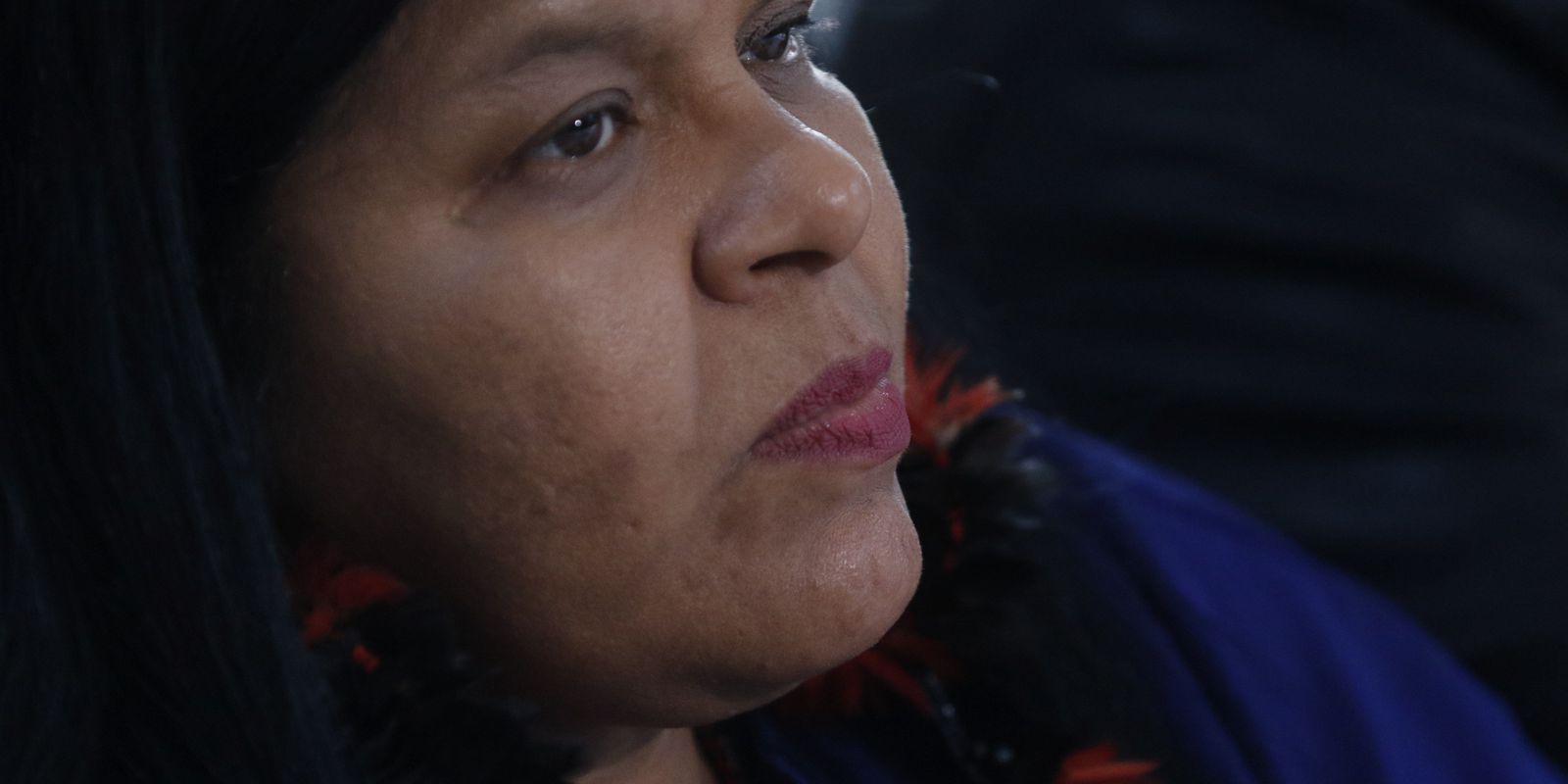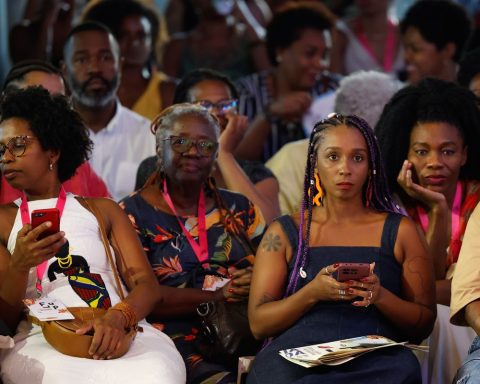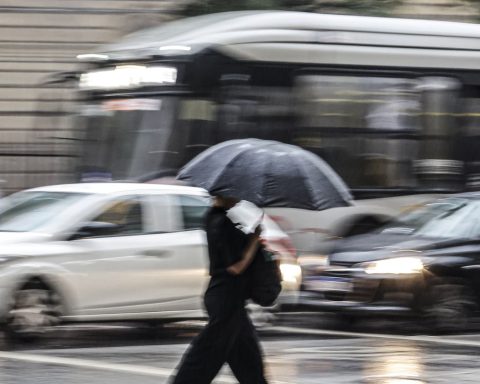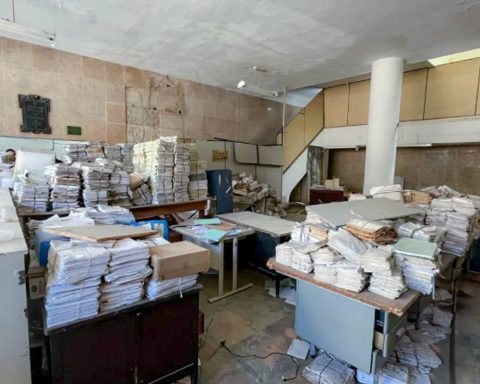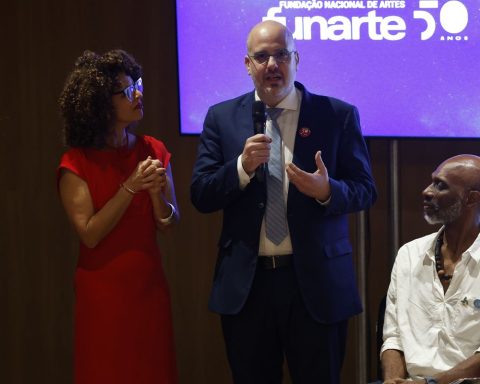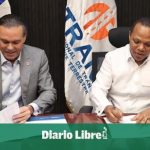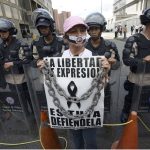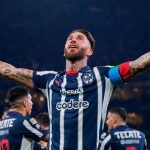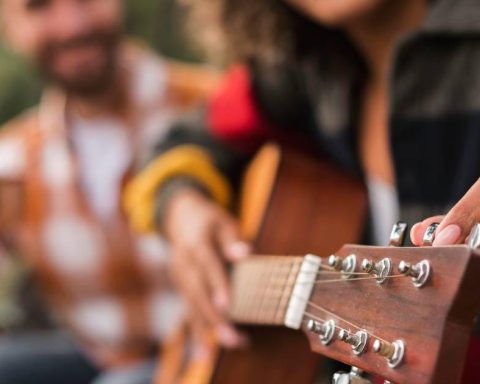Intelligence sectors of the federal government and the indigenous movement identified the flight of garimpeiros from the Yanomami Indigenous Land, in Roraima. This information was supplied by the Minister of Indigenous Peoples, Sonia Guajajara, who arrived in the state this Saturday (4th) to monitor the interministerial actions that are trying to contain the humanitarian crisis involving the Yanomami people.
“We have this information that many prospectors are leaving. But it’s good that they leave, because that way we even reduce the operation that needs to be carried out to remove 20 thousand prospectors, [o que] it takes a while”, said the minister, in a press conference. “It is important to say that, for us to be able to get out of this health emergency situation, it is necessary to fight the root, which is illegal mining. It is not possible that 30,000 Yanomami continue to live together with 20,000 prospectors within their territory,” she said.
“The federal government is working in conjunction with the state government, here in Roraima, to have this withdrawal plan in place”, added the minister. Video forwarded to the Brazil Agency by Júnior Hekurari, president of the Yanomami and Ye’Kuana District Council for Indigenous Health (Codisi-YY), shows a line of miners moving through the forest, in what would be a supposed withdrawal of invaders from the Indigenous Land. According to minister Sonia Guajajara, the movement was also seen by indigenous people in flyovers in the region of the demarcated area.
The government of Roraima also reported having had access to “photos and videos of people leaving spontaneously” from mining located in the Yanomami Indigenous Land. “They are men, women and children who, being aware of the operations that should take place in the next few days, decided to anticipate and avoid problems with justice”, informed the advisory of the State Executive, in a press release.
One of the government’s concerns is that this removal does not mean further invasion of other areas, as occurred 30 years ago, according to Lucia Alberta Andrade, director of Promotion of Sustainable Development at the National Foundation for Indigenous Peoples (Funai).
“We, as the federal government, have to be very careful so that what happened in 1992 does not happen, when the Yanomami Indigenous Land was disintruded, when miners left and most of them went to the Raposa Serra Indigenous Land do Sol, or for other illegal mining that exists in the Amazon. So, we have to have strategies, which we cannot share with all of you, so that this does not happen. We have to have greater surveillance in all indigenous lands”, said Lucia Andrade.
runway renovation
Sonia Guajajara stated that the air base in Surucucu will be restructured so that it can receive larger planes. The measure will make it possible to take the infrastructure to set up a field hospital in the region. She did not set a deadline for the implementation of these measures.
Still according to the minister, the government should enable the construction of artesian wells and a cistern structure to capture rainwater, in addition to a communication structure to maintain contact between the different poles of the Indigenous Land. She also mentioned the blockade of airspace over territoryas an effective measure already in force.
“That’s the only way we’ll be able to actually start seeing results. There’s no reason for flights to continue flying over Yanomami territory, given that the state doesn’t have any authorization for mineral exploration,” he pointed out.
health balance
Earlier, in Boa Vista, Sonia Guajajara visited the Casa de Saúde Indígena (Casai) and the Field Hospital of the Brazilian Air Force (FAB), and later met with members of the Federal Government’s Emergency Operations Center (COE). Representatives of indigenous entities and international organizations, such as the Pan American Health Organization (PAHO) and Doctors Without Borders, were also present.
During the press conference, the COE updated the health situation of indigenous people in the state. At Casai, there are a total of 601 Yanomami, including patients and their companions. In addition, there are another 50 indigenous people hospitalized, between Hospital Geral de Roraima (HGR) and Hospital da Criança Santo Antonio (HCSA), both in Boa Vista.
“We have two teams made up of professionals from the National Force [do SUS]one in Auaris and another in Surucucu, where there is an average of 60 to 70 people assisted daily,” said Ernani Santos, COE’s local coordinator.
